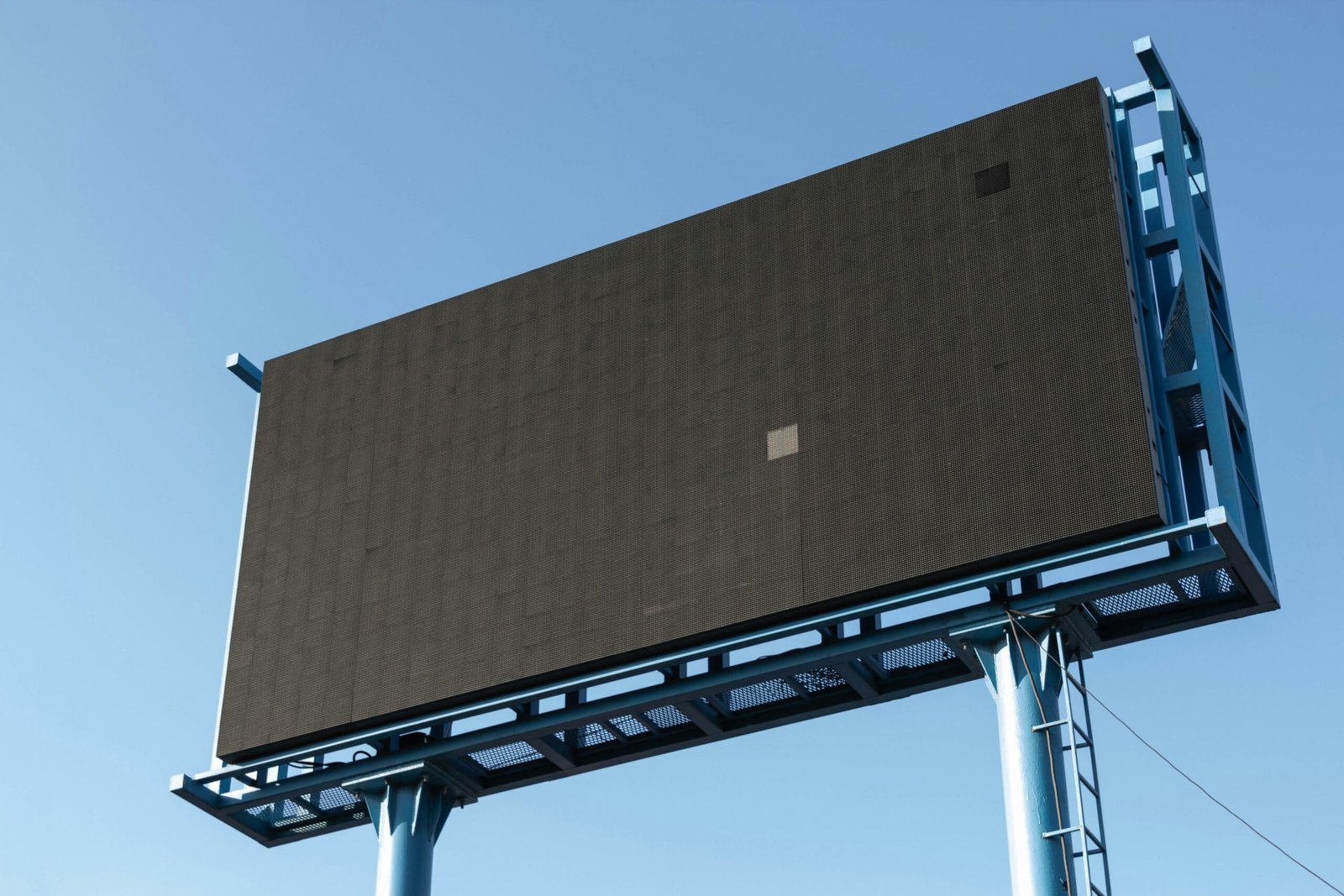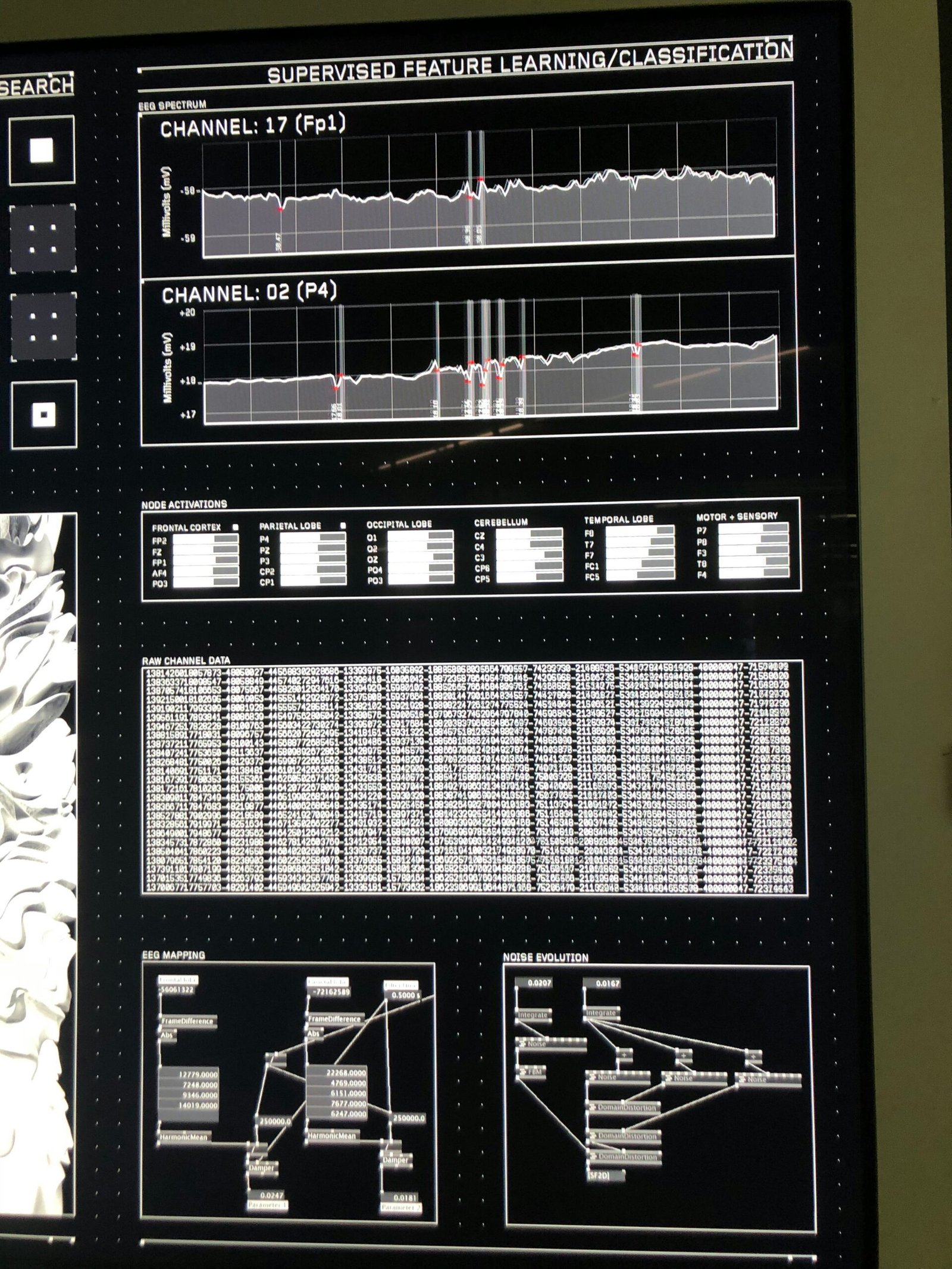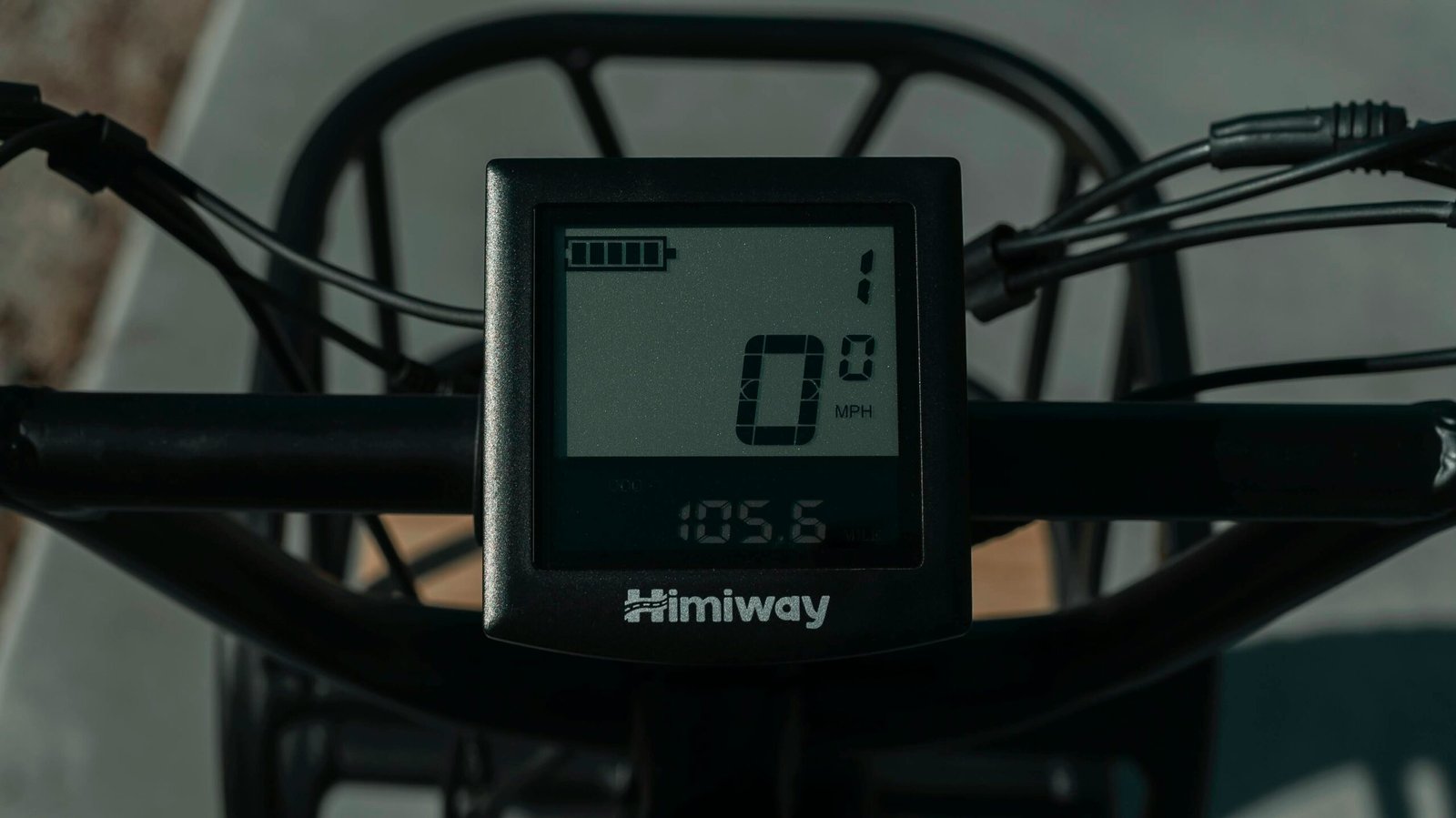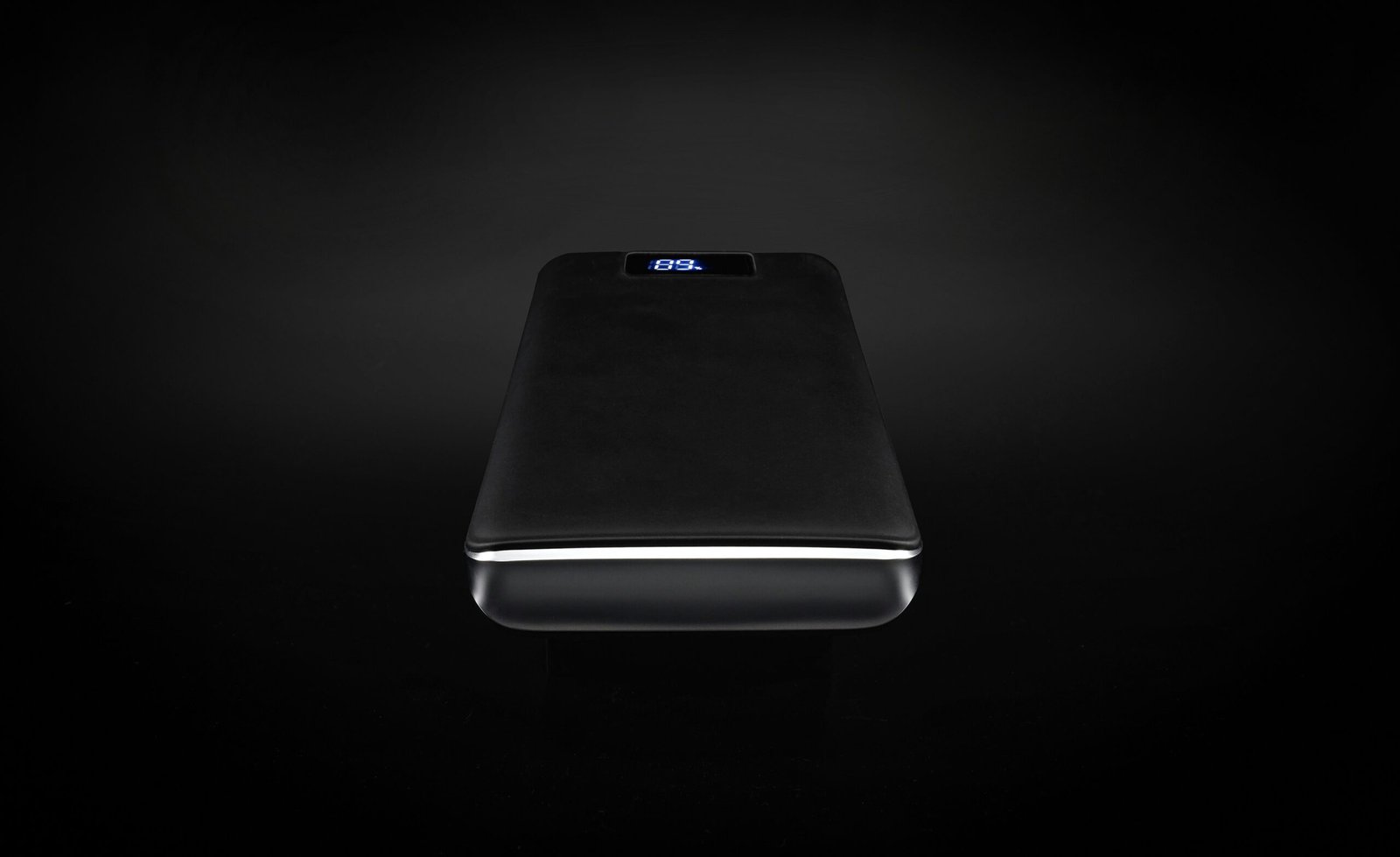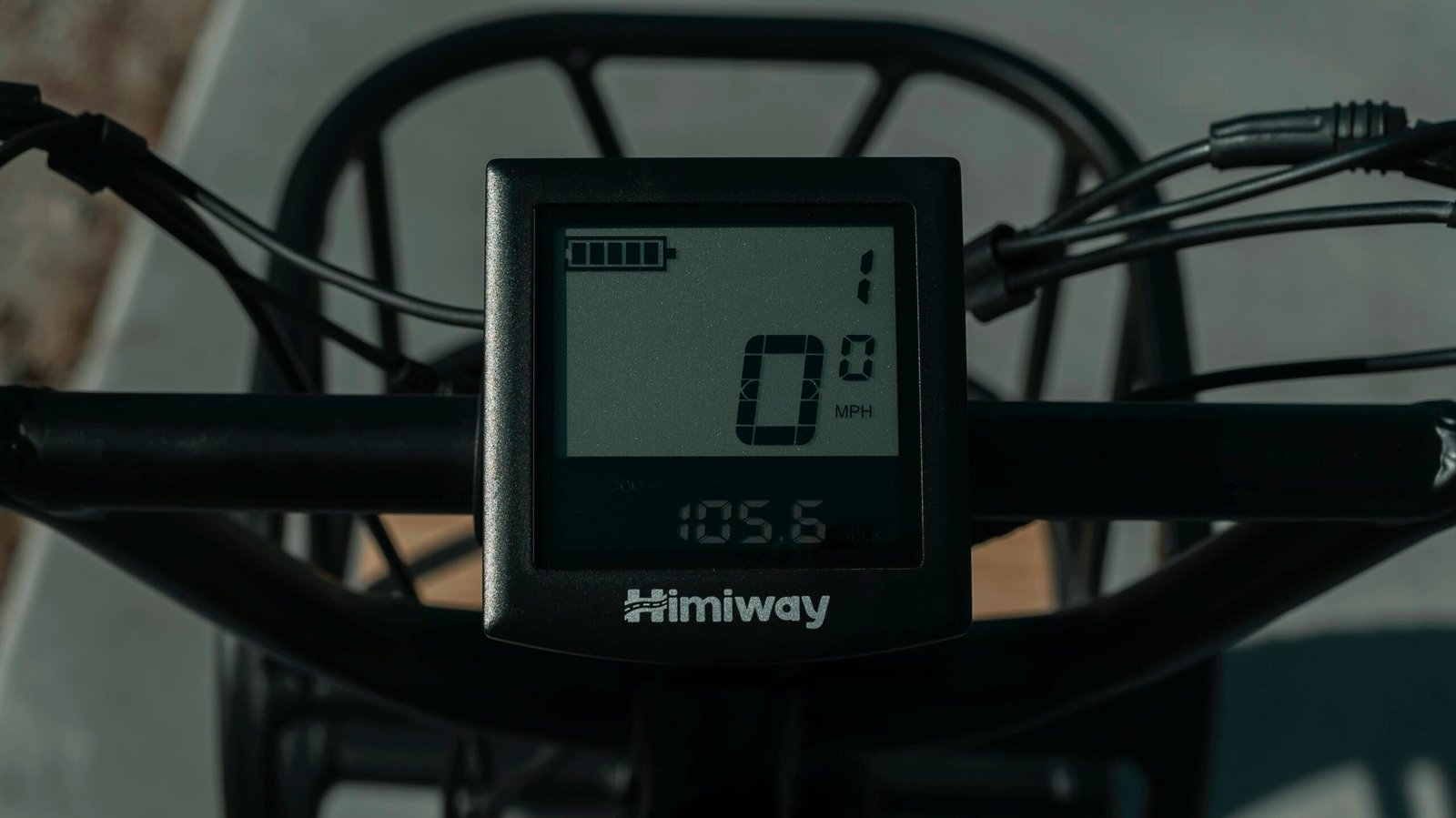How to Effectively Clean a Greasy LCD Screen
Understanding the Materials and Tools Required
When it comes to cleaning a greasy LCD screen, selecting the appropriate materials and tools is fundamental for ensuring that the screen remains undamaged and retains its visual quality. The primary materials recommended for this task include microfiber cloths, distilled water, and screen-safe cleaning solutions. In some cases, isopropyl alcohol may also be used, albeit with caution. Each of these items plays a specific role in the cleaning process, aimed at effectively removing grease without causing harm to the delicate screen surface.
Microfiber cloths are highly preferred for LCD screen cleaning due to their soft texture and ability to capture dust and grime without scratching the display. Their non-abrasive nature makes them ideal for delicate surfaces. On the other hand, materials such as paper towels, tissues, or abrasive cloths should be strictly avoided, as they can scratch the screen or leave behind lint and particles that can further damage the display.
Distilled water is recommended over tap water for cleaning because it lacks minerals and impurities that could leave streaks or smudges on the screen. When combined with a microfiber cloth, distilled water provides a gentle yet effective cleaning solution. For particularly stubborn grease or fingerprints, screen-safe cleaning solutions are available. These solutions are specifically formulated to be effective on LCD screens without causing damage or leaving residue.
In certain situations, isopropyl alcohol can be used to remove persistent grease. However, it must be diluted and used sparingly, as high concentrations can strip protective coatings from the screen. Generally, a solution of 70% isopropyl alcohol and 30% distilled water is considered safe. Always apply the solution to the cloth rather than directly onto the screen to prevent any potential damage.
By understanding and utilizing the correct materials and tools, you are setting the stage for a successful and safe cleaning process that will maintain the clarity and longevity of your LCD screen.
Preparing Your LCD Screen for Cleaning
Proper preparation is crucial when it comes to effectively cleaning a greasy LCD screen. The first and foremost step is to ensure your safety and the integrity of your device. Begin by turning off your device and unplugging it from any electrical outlets. This precautionary measure minimizes the risk of electric shock and prevents potential damage to the sensitive electronics within the screen.
Next, it’s essential to dry your hands thoroughly. Wet or greasy hands can add more grime to the screen or inadvertently damage it. Use a clean, dry towel to ensure there’s no residual moisture that could transfer to the LCD surface. Additionally, work in an environment free of dust and other particles. Choose a well-lit area for better visibility while cleaning; this allows you to see spots that need more attention and ensures you don’t miss any areas.
Before proceeding, gather all necessary cleaning materials. Typically, these include a microfiber cloth, which is ideal for gently wiping the screen without causing scratches. Avoid using materials like paper towels or cotton cloths, as these can be abrasive and damage the screen. If a cleaning solution is required, ensure it’s specifically designed for LCD screens. Generic or harsh cleaners can do more harm than good, potentially compromising the screen’s anti-glare coatings and overall functionality.
Preparation doesn’t just safeguard your device; it sets the stage for an efficient and effective cleaning process. By following these preliminary steps, you not only mitigate the risk of damage but also enhance the ease and thoroughness of the subsequent cleaning. Adhering to these guidelines ensures your LCD screen remains in optimal condition, providing you with clear, vibrant displays for an extended period.
Step-by-Step Cleaning Process
Cleaning a greasy LCD screen may seem daunting, but with the right technique, it can be done effectively and safely. Ensuring you follow each stage meticulously is key to maintaining the screen’s longevity and clarity. Here is a step-by-step guide to help you through the process:
Firstly, turn off the LCD screen and unplug any connected devices to prevent any electrical accidents. Start by preparing your cleaning materials: a microfiber cloth and a suitable LCD cleaning solution. It is critical to never spray the cleaning solution directly onto the screen, as excess liquid can seep into the edges and potentially damage the internal components.
Instead, lightly spray the cleaning solution onto the microfiber cloth. Ensure that the cloth is damp, not soaked. Begin by gently wiping the screen with the cloth in a circular or vertical motion. This technique helps prevent streaks and ensures even coverage. Pay special attention to any particularly greasy spots, applying a little more effort but avoiding excess pressure that could harm the screen.
If some grease spots remain stubborn, consider holding the cloth in place over the spot for a few seconds before wiping gently. Avoid scraping or pressing too hard, as this could scratch the screen or cause permanent damage. Reapply the cleaning solution to the cloth if necessary, but never directly to the screen.
Once you’ve adequately cleaned the entire surface, use a dry part of the microfiber cloth to buff the screen. Buffing in gentle, sweeping motions helps to remove any remaining moisture and leaves behind a streak-free, polished finish. Not only does this enhance the visual clarity of the screen, but it also helps to dissipate any remaining residue to ensure a spotless shine.
By adhering to these steps, you can effectively clean a greasy LCD screen without compromising its durability or performance. Regular, careful cleaning using these techniques can significantly extend the life and quality of your screen, providing you with a clear and crisp viewing experience.
Post-Cleaning Care and Maintenance Tips
Cleaning a greasy LCD screen is only the first step in ensuring optimal performance and longevity of your device. Post-cleaning care and maintenance are crucial to keep your screen in pristine condition and minimize greasy build-up over time. By adopting a consistent care routine, you can significantly reduce future cleaning efforts and enhance your overall user experience.
One effective measure is to regularly wipe down the LCD screen using a microfiber cloth, which is gentle and efficient at removing dust and smudges without scratching the surface. These cloths are reusable and easy to maintain, making them an essential tool in your screen care arsenal. For more persistent grime, lightly dampen the microfiber cloth with a small amount of distilled water or a specialized screen cleaner, ensuring that no liquid seeps into the device’s edges.
Another proactive step is to use protective screen covers. These covers act as a barrier, shielding the LCD screen from fingerprints, oils, and minor scratches. They are readily available in various sizes to fit different devices and can be replaced periodically to maintain their effectiveness. Protection films also come with anti-glare properties, improving screen visibility in brightly lit environments.
Personal hygiene plays a pivotal role in maintaining a clean LCD screen. Make it a habit to wash your hands before using your device. Oils and dirt from your fingers are primary contributors to greasy build-up on screens. Additionally, avoid eating or drinking while using touch-screen devices, as food and liquid spills are challenging to clean and may damage the screen’s integrity.
Proper storage of your cleaning materials is equally important. Keep your microfiber cloth and screen cleaners in a clean, dry place to prevent contamination. Schedule regular cleaning sessions to avoid the build-up of dirt and grease, which can impede screen visibility and reduce the device’s lifespan.
By incorporating these post-cleaning care and maintenance tips into your routine, you can ensure that your LCD screen remains clean, clear, and functional for an extended period.

